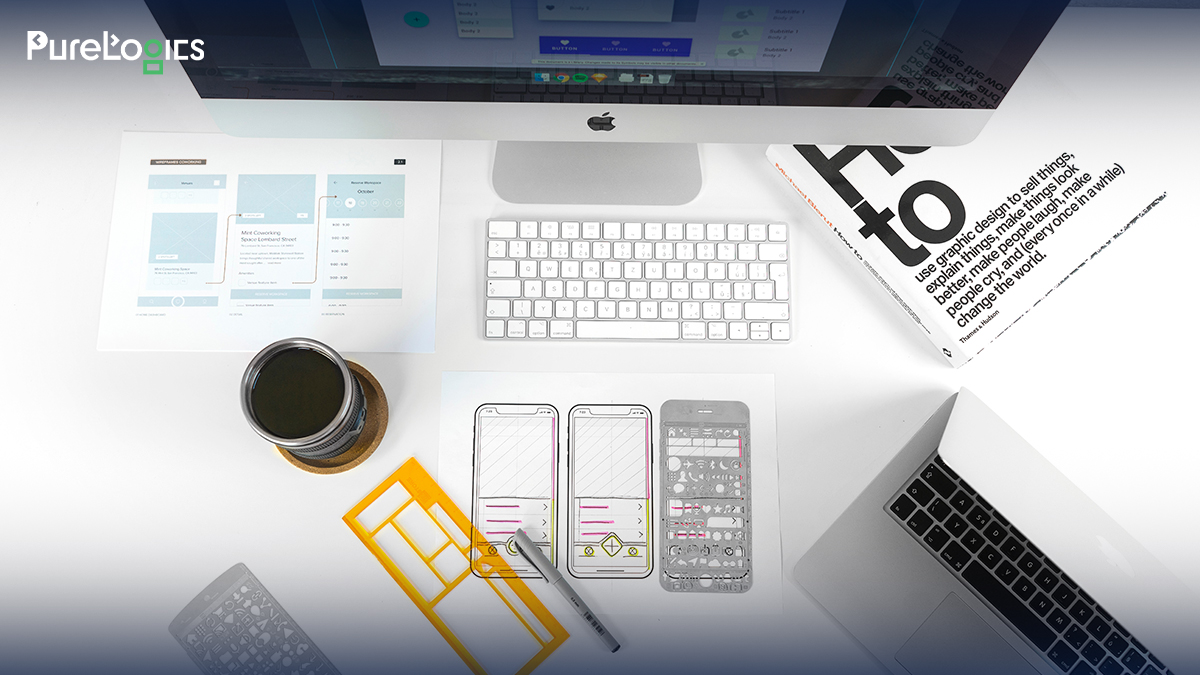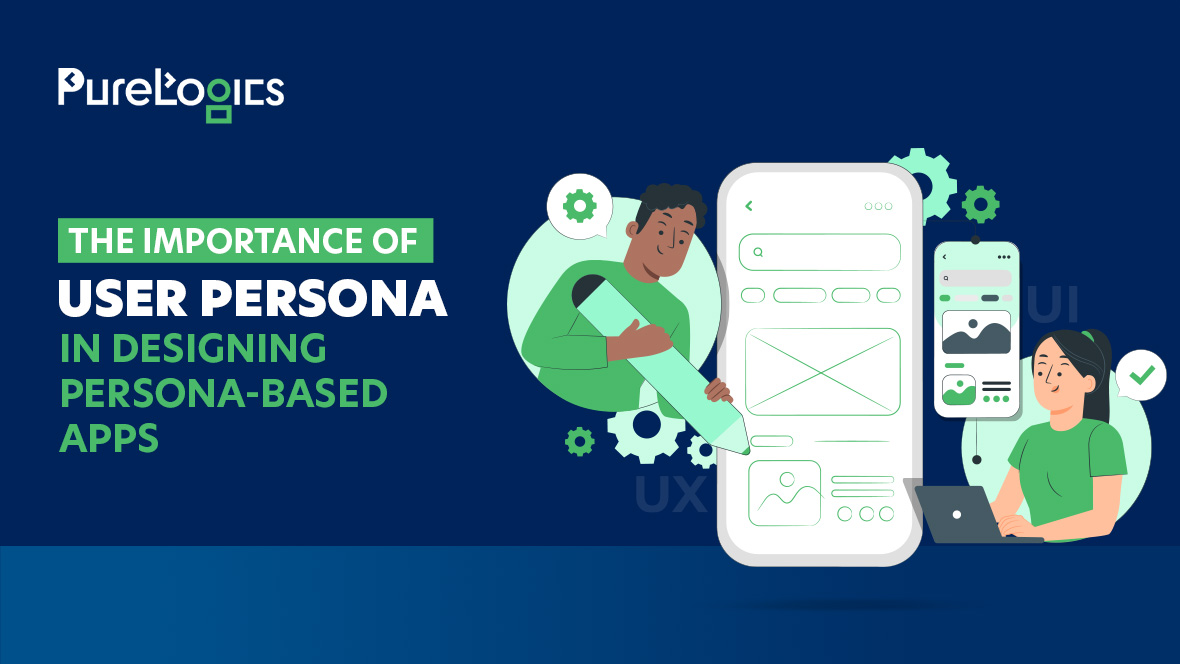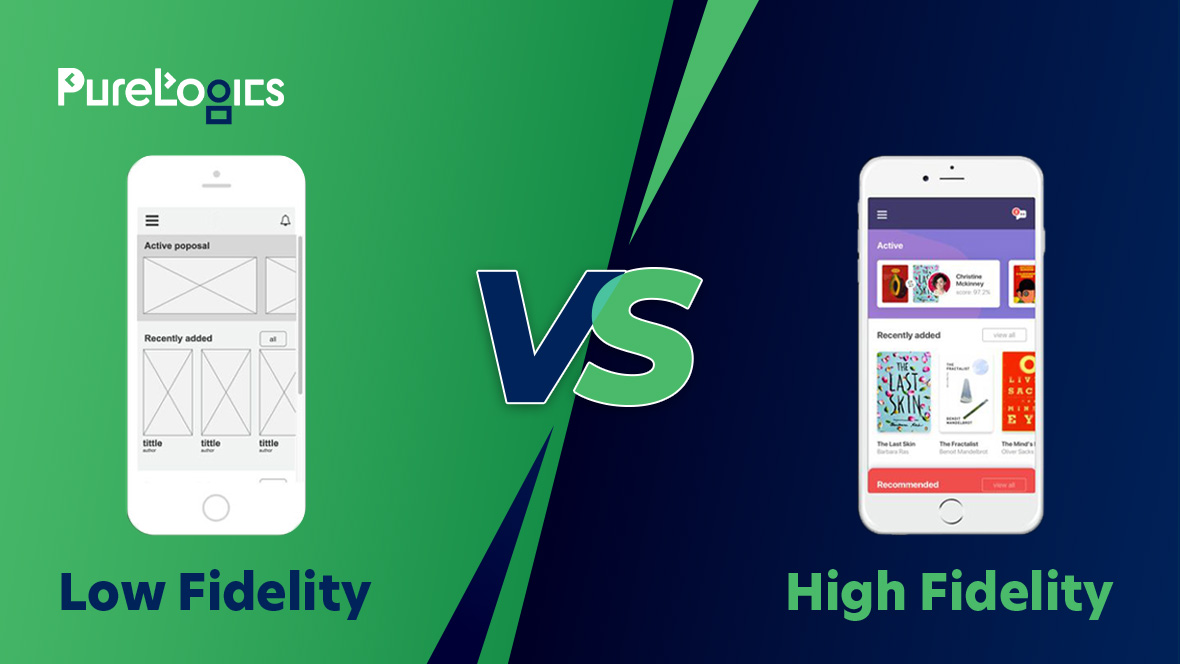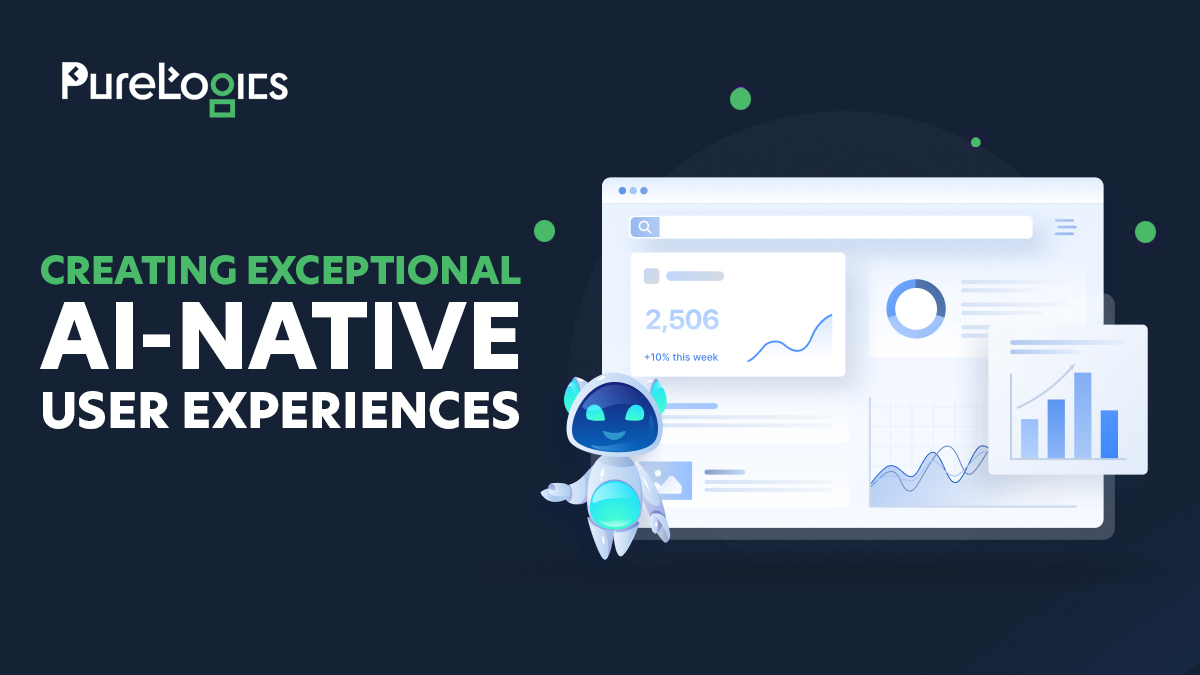In the process of bringing the visitors to your site and getting them to perform the desired action, it is easy to make a mistake and let them go astray. In order to keep your site engaging and user friendly you need to make sure that every element on your site is self-explanatory.
From icons to images and their place, your site has to be the guide to itself. Here are a few steps that will help you build a friendly user interface.
1. Personalization
Most likely, you know the profile of the consumer, which is focused on the proposed product or service. Track its characteristic features, which you can identify in the analysis. It will be a tool to influence the feeling of exclusivity.
The flip side to concentrate on a narrow segment of customers would be the blatant risk. You enter the restrictive conditions for the general public, but to create a trusting relationship with individual users.
2. The Conspicuous Offer
The call to action must be distinguishable against the background of other elements. Use color to highlight, experiment with convex buttons and shadows.
3. Do not Demand Too Much
Discard the feedback forms with too many fields. Every extra item can become a turn off for the visitor. Consider the feasibility of typing on mobile devices. Leave only the most important questions in the questionnaire, which are really valuable for your business.
4. Focus on What’s Important
Filling the page many links in hope to meet at least one of the visitor’s needs is as simple as it is meaningless. If you are designing a site that is based on an appeal to one specific action, consider that each link to distract the attention of visitors. Get rid of extra factors distracting the visitor’s attention.
5. Notification of Current State of Affairs
Informing users about the status of payments, orders and letters must occur in real time. A good user interface always keeps the visitors informed about the status and any activity that took place.
6. Call to action with the additional benefit
The registration process itself is unequivocal harm to the user. It is therefore necessary to add a fairly compelling argument, something that can compensate for the time spent and effort. Use call-to-action button, indicating the benefits: “Sign up, and within a month you will be able to speak English” instead of dry “Subscribe.”
7. “Smart” response elements
In the process of studying the site user interface elements should not be static. The shift of individual objects, changing their size and the appearance of new objects help visitors to interact with the page. Take care of the smooth operation of the animation. Visitors may need some delay.
At PureLogics, we have a serious experience in the development of front-end interfaces for different types of devices, and we know how to achieve optimal success.
We are implementing the functionality of the interface through the event handlers, and can write a clean code of HTML, CSS, JS, and use modern frameworks like Angular JS, React, JQuery etc. Need a piece of advice? We are just a call away.


 [tta_listen_btn]
[tta_listen_btn]
 November 25 2016
November 25 2016






